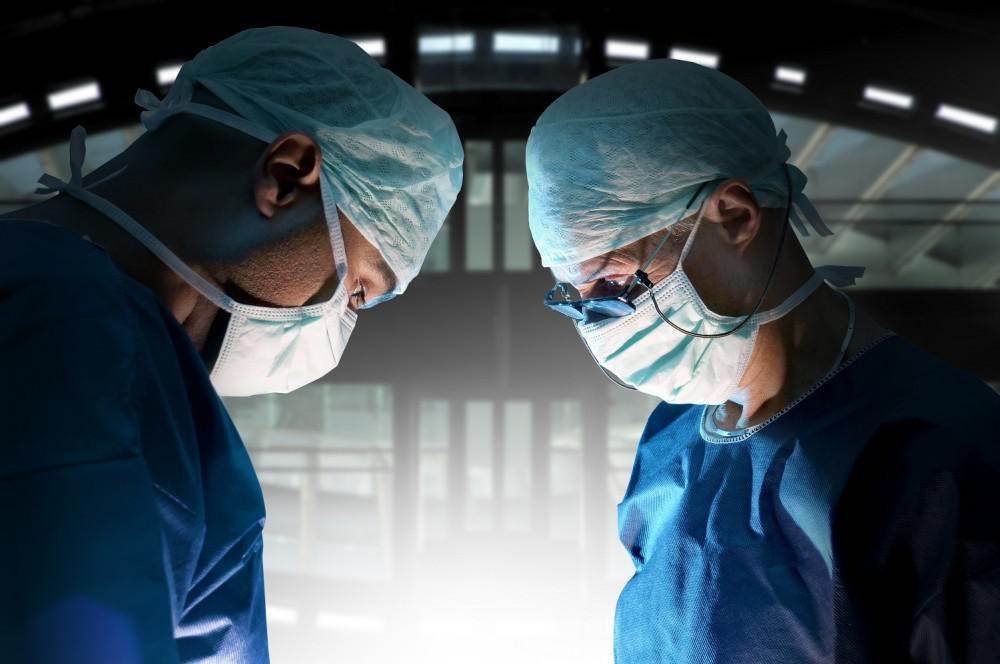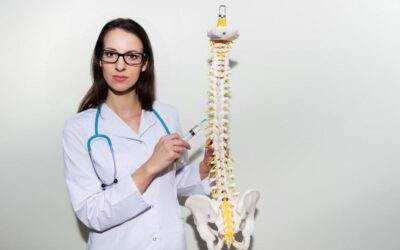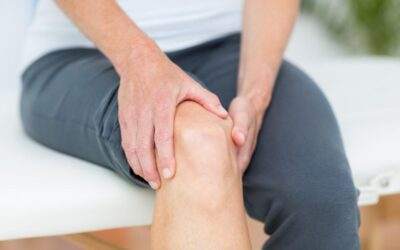Compression fractures may not be as well known as some other causes of back pain, like muscle strain for instance. But these tiny, wedge-shaped breaks in your spine bones are actually pretty common — in fact, about 1.5 million compression fractures happen each year in the United States, mostly among older women and men.
Like most other fractures, compression fractures won’t heal on their own, and delaying treatment can wind up making your painful symptoms a lot worse. In some cases, untreated fractures can lead to nerve damage and permanent disability.
At Pacific Pain and Regenerative Medicine in Los Angeles and Irvine, California, Hasan Badday, MD, offers the state-of-the-art kyphoplasty procedure to treat compression fractures and other back pain causes, like spinal stenosis, relieving painful symptoms and helping patients get back to the activities they love. If you’ve been diagnosed with compression fractures, here’s how kyphoplasty could help you.
Compression fractures: The basics
Compression fractures happen when one or more vertebrae breaks and “collapses” on itself. While they can happen to anyone, compression fractures are much more common among people with osteoporosis, a degenerative condition that causes bones to thin and weaken.
Over time, multiple compression fractures can actually shorten your spinal column, increasing the risk of nerve compression and radiating pain and numbness in your legs and arms.
Compression fractures often “squeeze” the spongy discs between your vertebrae, leading to disc herniation, disc rupture, and widespread nerve irritation and pain. Spine circulation also can be affected, leading to a lack of oxygen to your discs and the nerves contained in your spinal cord.
Causes of compression fractures
Osteoporosis (literally, “porous bones”) is the most common cause of vertebral compression fractures. In fact, these fractures are twice as common as other fractures caused by osteoporosis, including hip fractures.
Other causes include:
- Traumatic injuries from car accidents or falls
- Sports injuries
- Spine tumors
People with severe osteoporosis can develop compression fractures from simple movements — even from coughing or sneezing.
How kyphoplasty works
Kyphoplasty stabilizes fractured areas of your spine using a special type of surgical cement. Most kyphoplasty procedures are performed on an outpatient basis, which means you’ll go home the same day.
Prior to the procedure, you’ll receive sedation to keep you relaxed and comfortable. The surgery uses minimally-invasive techniques without any large incisions.
At the beginning of the procedure, Dr. Badday inserts a needle into the fractured area using an X-ray to make sure the needle is properly positioned. Once the needle is in place, Dr. Badday deploys a tiny surgical balloon, slowly inflating it to restore the height of the collapsed vertebrae.
Next, he uses the needle to inject surgical cement into the opening made by the balloon. The cement hardens to stabilize and support the surrounding bone.
Recovering from kyphoplasty
After kyphoplasty, you’ll have some soreness at the surgical site, but it should resolve within a few days. Most patients are able to walk around shortly after their procedure. Dr. Badday will provide you with activity guidelines to help you with your recovery.
Kyphoplasty offers pain relief for many people with compression fractures, but it’s not always the best treatment option. For instance, for stable compression fractures without painful symptoms, Dr. Badday often recommends frequent monitoring first to see how your fractures develop over time.
To have Dr. Badday evaluate your compression fractures or to learn more about kyphoplasty, book an appointment today online or over the phone at our Pacific Pain and Regenerative Medicine office closest to you.









